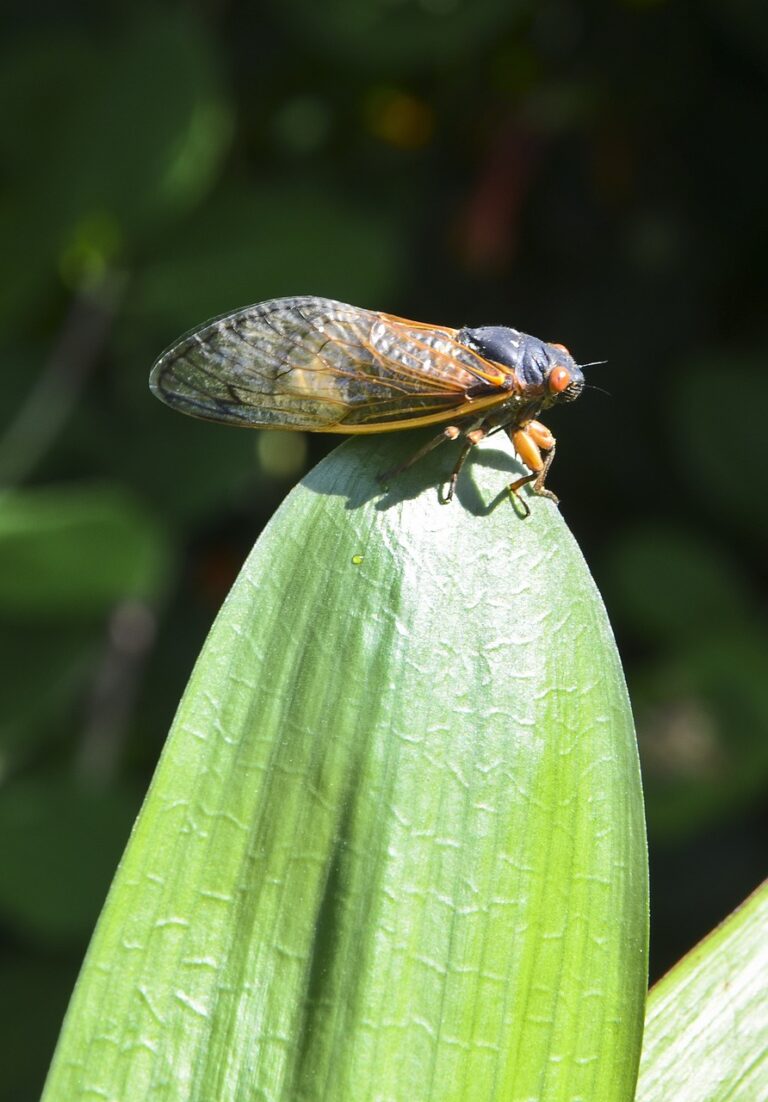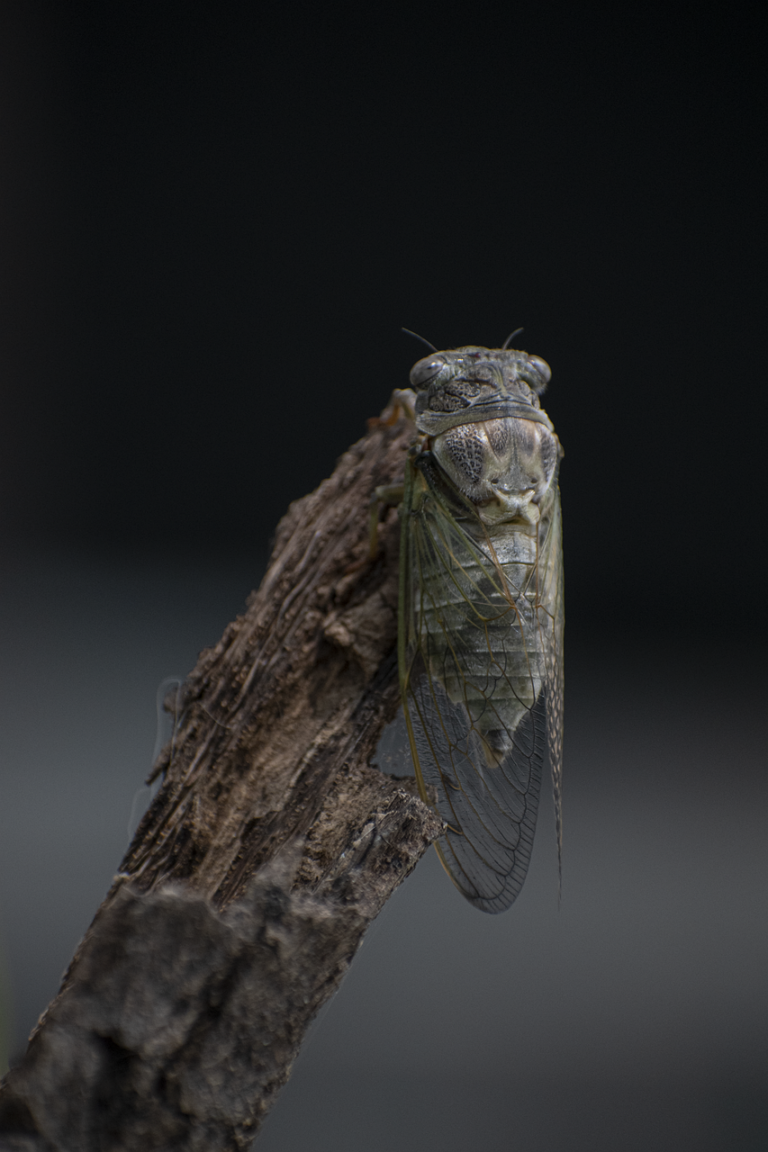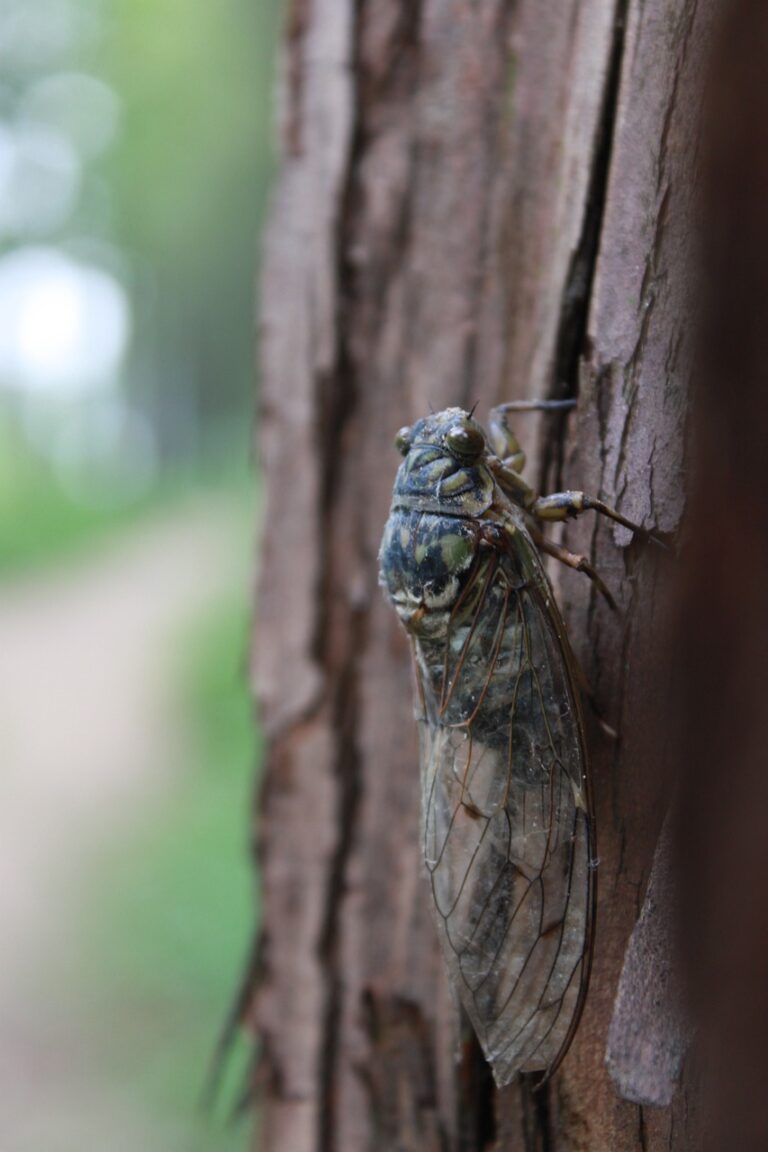Zombie Cicadas: The Terrifying Fungus That Turns Insects into “Saltshakers of Death”

In a scene straight out of a horror movie, billions of cicadas will soon emerge from their underground slumber, only to be hijacked by a strange fungus that transforms them into zombie-like creatures. The fungus, known as Massospora cicadina, attacks the insects’ bodies and behavior in a gruesome fashion, turning them into what scientists call “saltshakers of death.”
The Fungus's Gruesome Attack

According to Dr. John Cooley, an associate professor of ecology and evolutionary biology at the University of Connecticut, Hartford, the fungus destroys the cicadas’ genitals and replaces their abdomens with a cavity full of fungal spores. Dr. Matt Kasson, an associate professor of mycology and forest pathology at West Virginia University, describes the infected cicadas as having a “gumdrop that’s been dropped in chalk dust, glued to the backside.”
The infected cicadas are then manipulated into hypersexual behavior to further spread the fungus, driven by the fungus’s manipulation. Despite the loss of their genitals, the infected cicadas continue to attempt mating with increased enthusiasm.
The infected cicadas also change their behavior to attract fellow males, mimicking the wing-flicking of healthy females ready to mate. When the infected cicadas attempt to mate, their fungal plugs are ripped apart, causing them to fly around and disperse fluffy, brown spores that infect the next generation of cicadas.
The Amphetamine Connection
Researchers have discovered an amphetamine in the fungal plugs, which may explain the behavioral modifications observed in infected cicadas. Amphetamines are powerful stimulants in humans, but their effect on insects’ nervous systems is not yet fully understood.
Dr. Cooley suggests that the fungus may have a different means of controlling the cicadas’ behavior, and that the amphetamines it produces might instead serve to ward off vertebrate predators of cicadas, such as birds.
The presence of amphetamines in the fungal plugs raises intriguing questions about the complex relationship between the fungus and its cicada hosts. Further research is needed to unravel the secrets behind this fascinating and disturbing phenomenon.

A Once-in-a-Lifetime Emergence

This spring’s periodical cicada emergence is particularly noteworthy, as two different broods will emerge simultaneously in neighboring regions for the first time since 1803. The 17-year cicadas will be concentrated in northern Illinois, while the 13-year cicadas will be found throughout much of the Midwest and Southeast.
Dr. Kasson hopes to study infected insects from the two different broods to determine if there are genetic differences between the M. cicadina infecting the 17-year and 13-year broods. This unique opportunity will provide valuable insights into the fungus’s adaptation to its hosts.
The simultaneous emergence of these two broods is a rare event that has not occurred in over two centuries, making this year’s cicada appearance a once-in-a-lifetime experience for many people.
Appreciating Nature's Wonders

While the grotesque nature of the fungal infection may be unsettling, Dr. Kasson encourages people to appreciate the upcoming cicada emergence as a biological spectacle and one of the natural wonders of the world.
Although cicadas are generally edible, experts caution against consuming infected or dead cicadas. The fungus M. cicadina is only capable of infecting 13- and 17-year varieties of cicadas, so humanity is likely safe from zombification.
Despite the horror-movie-like qualities of the infected cicadas, the emergence of these insects is a testament to the incredible diversity and resilience of life on Earth. As we witness this extraordinary event, we are reminded of the complex and often surprising ways in which nature operates.



